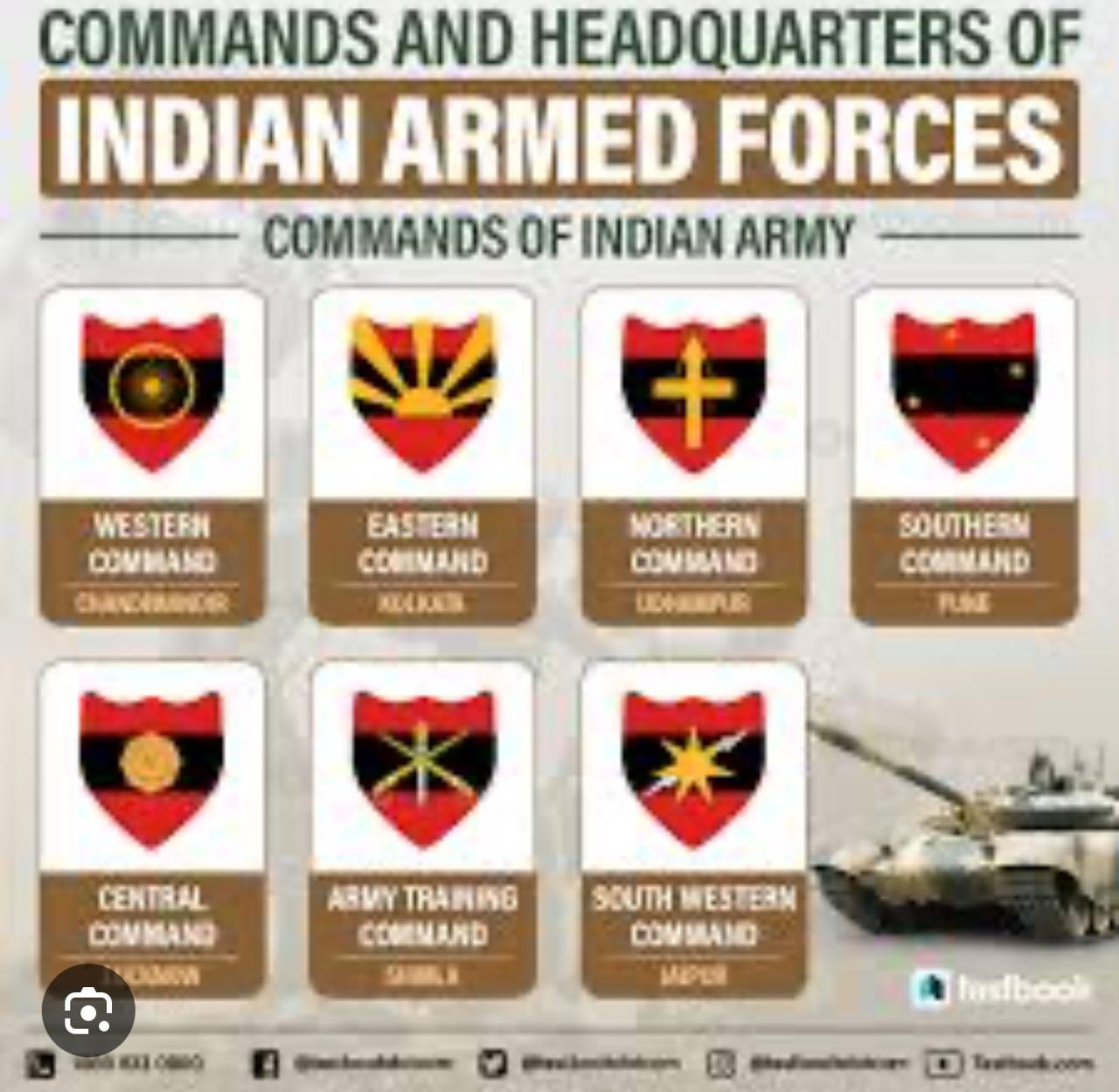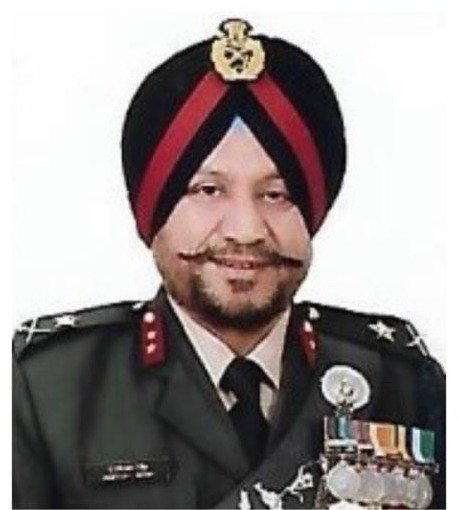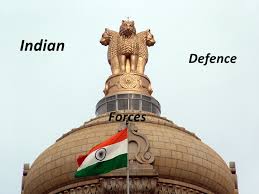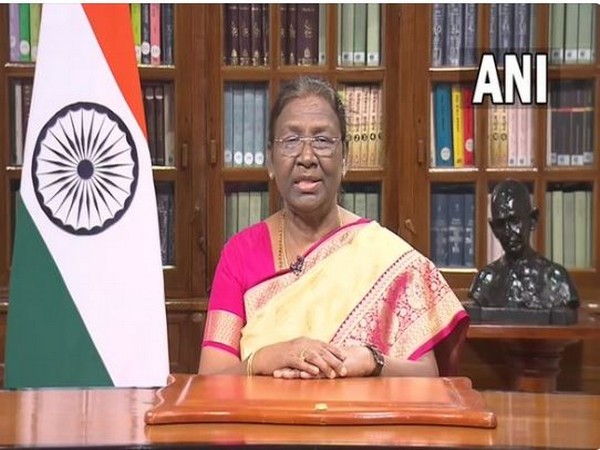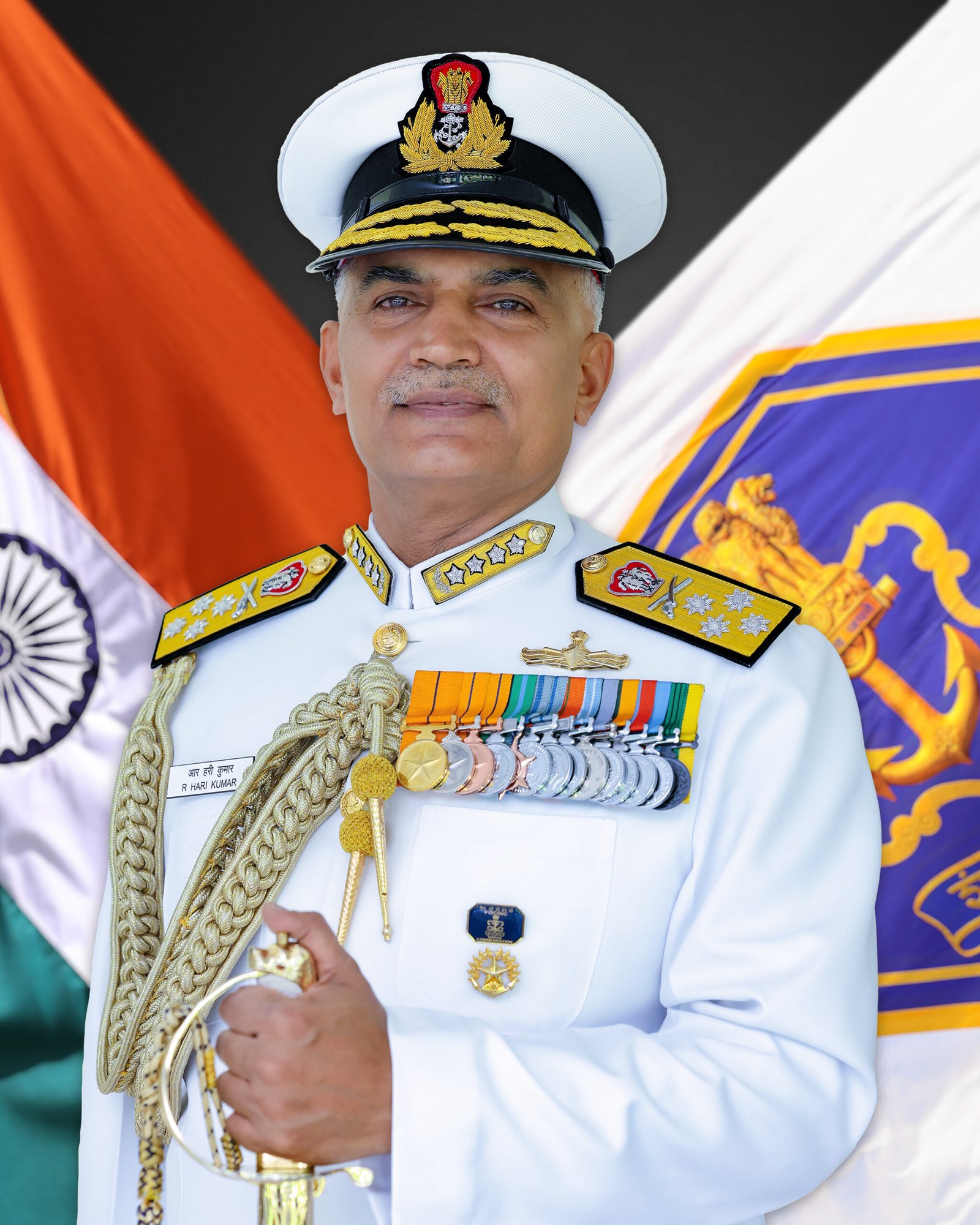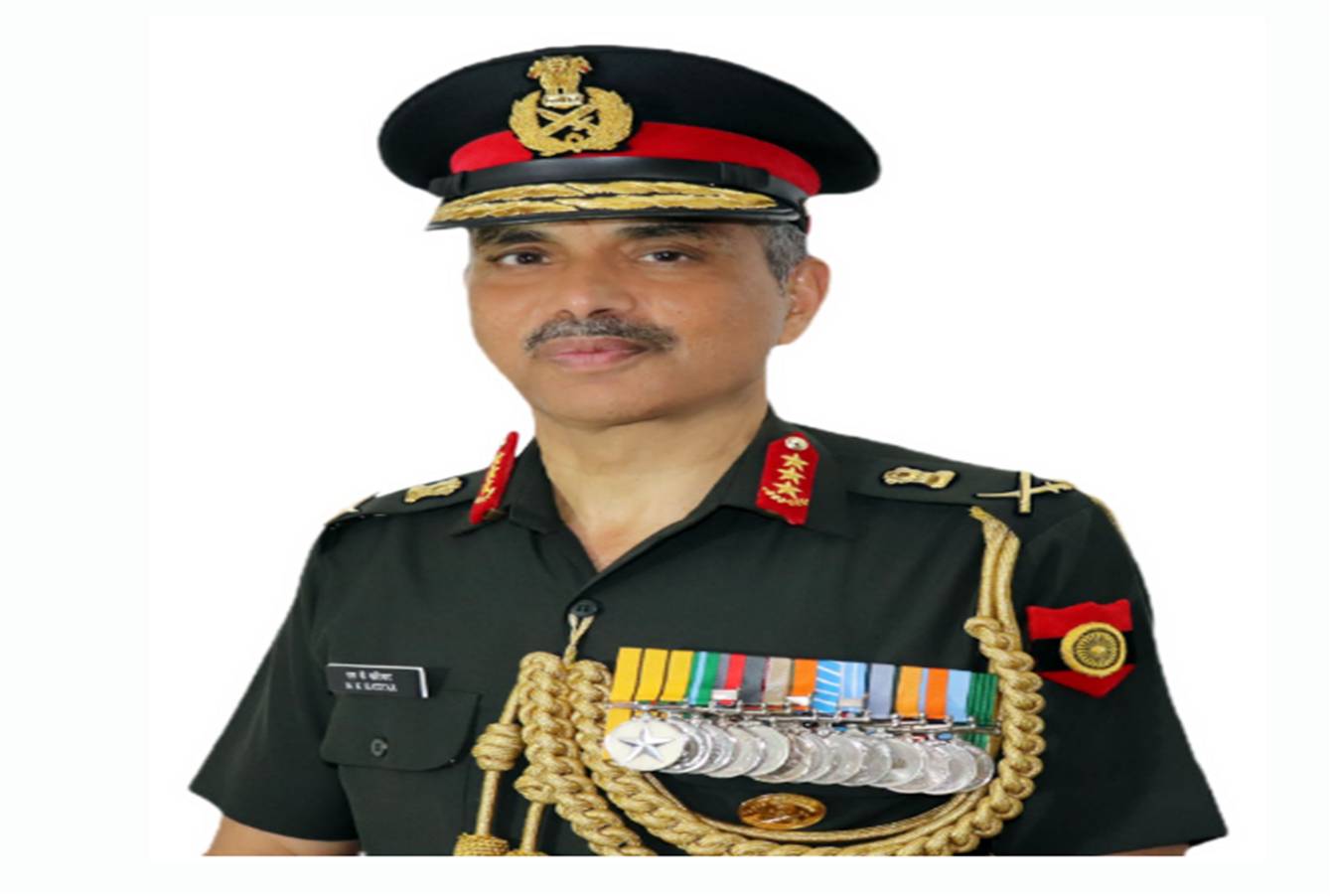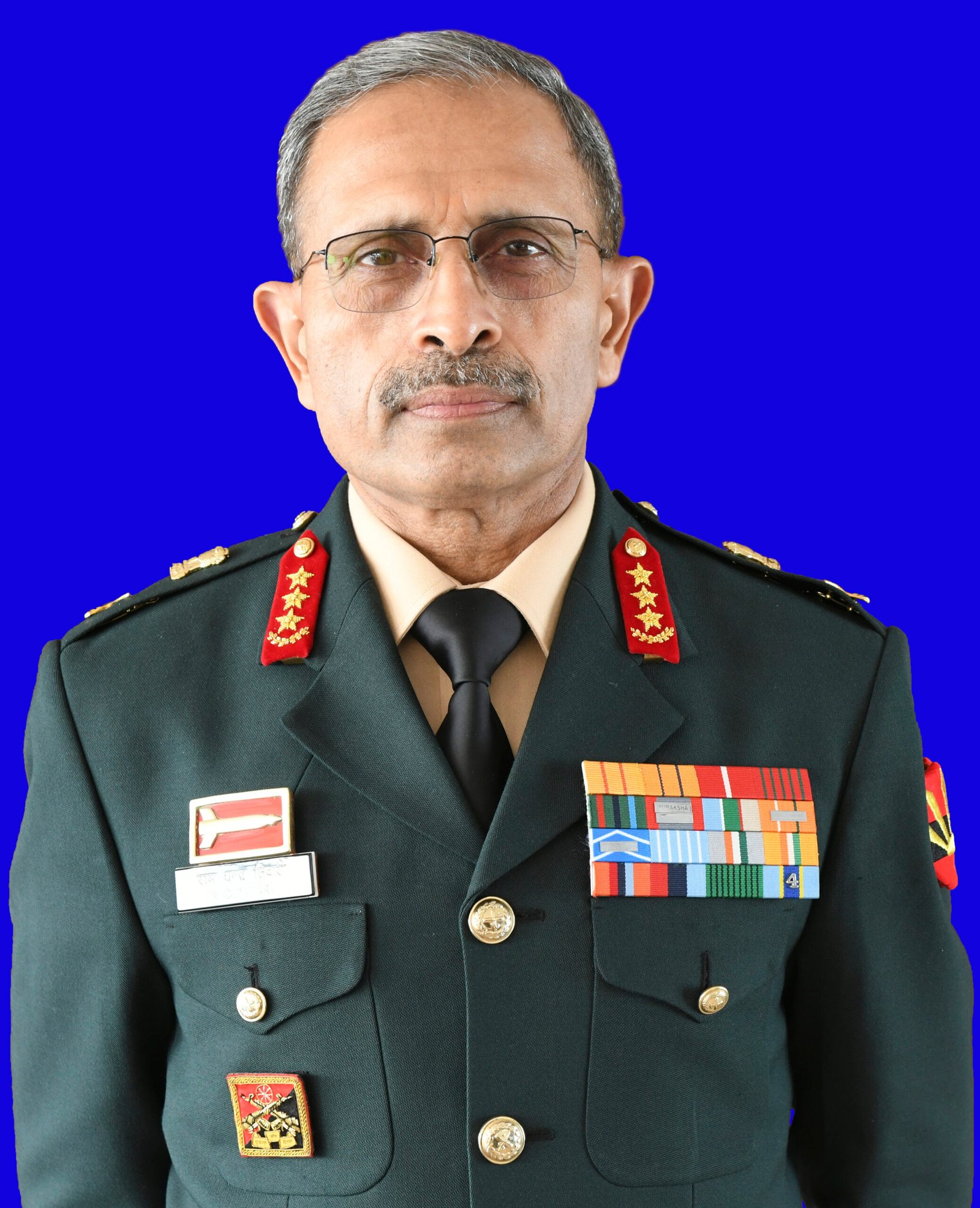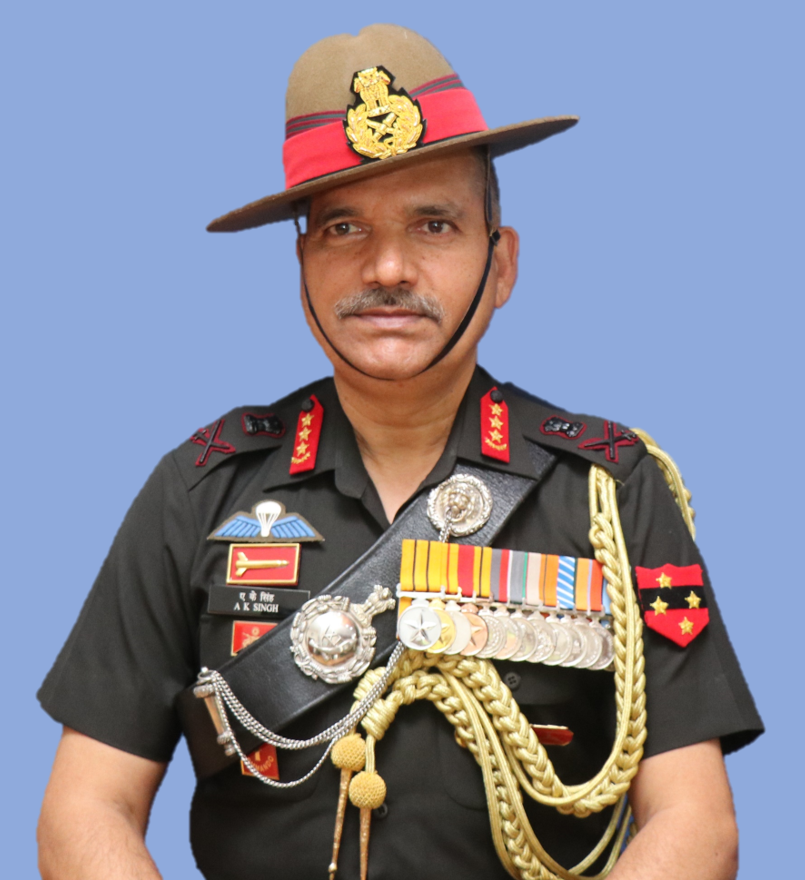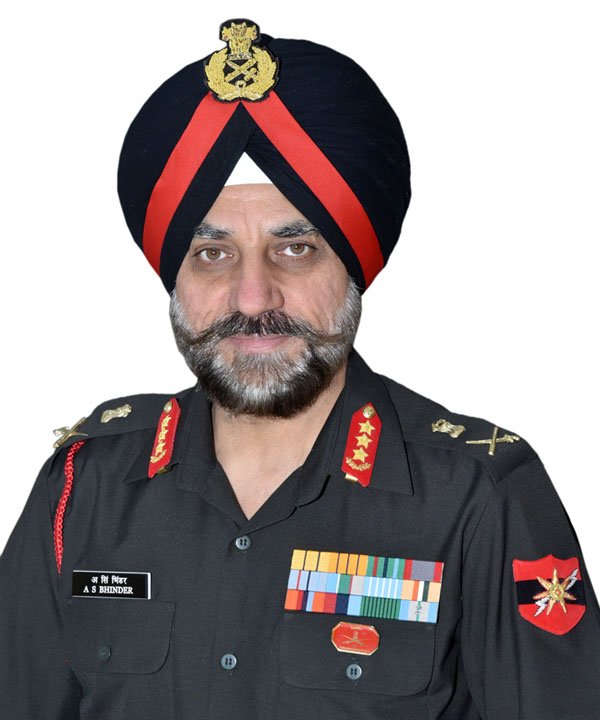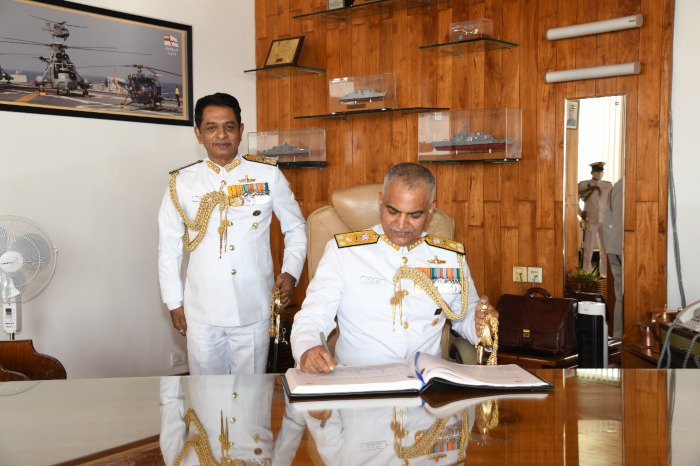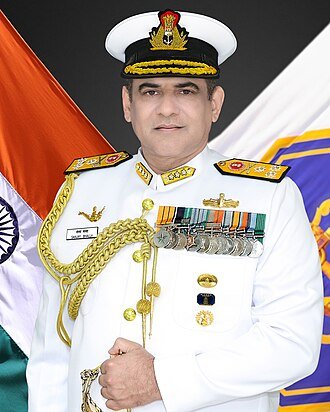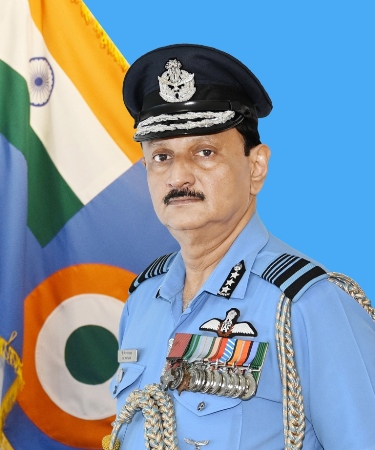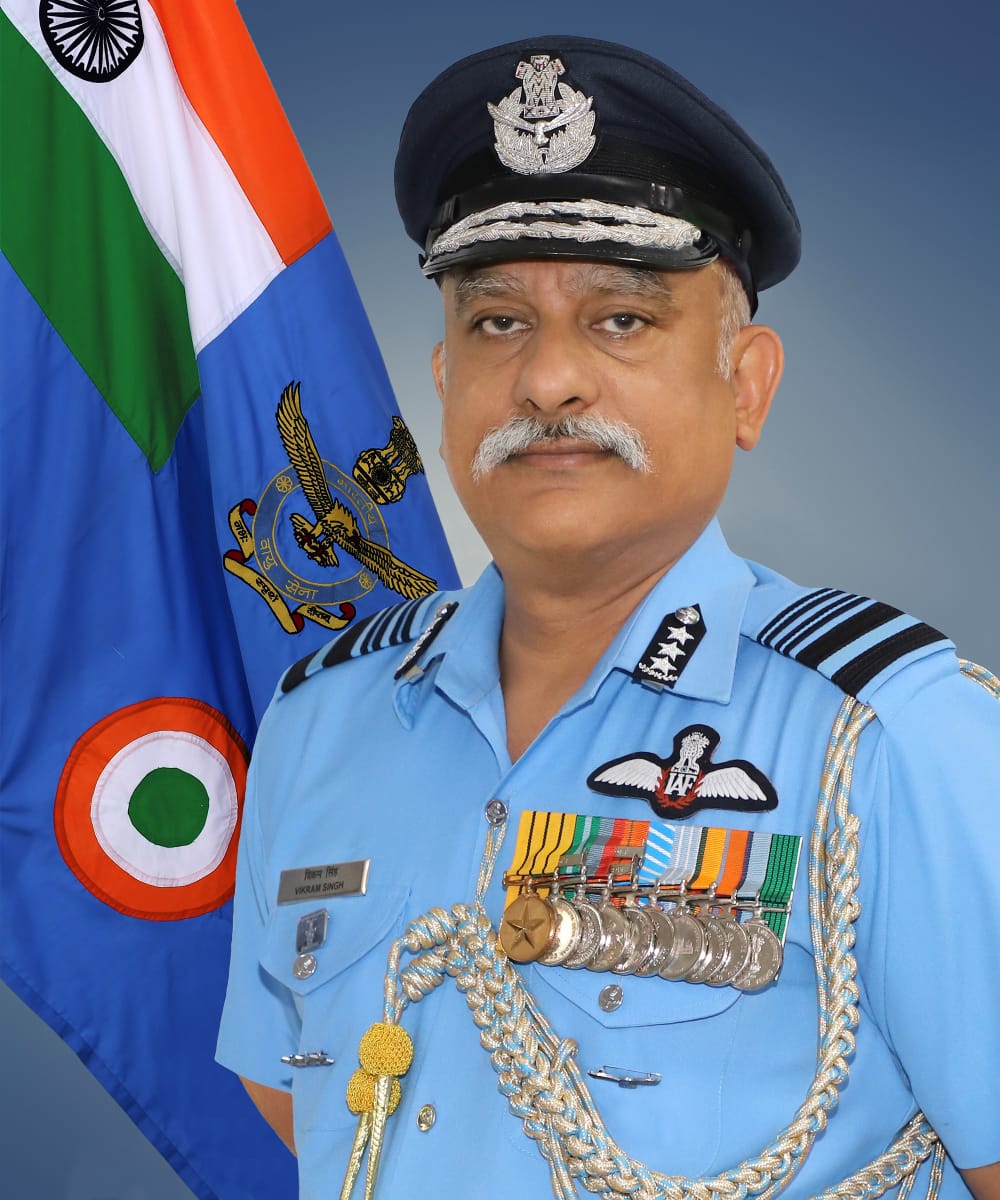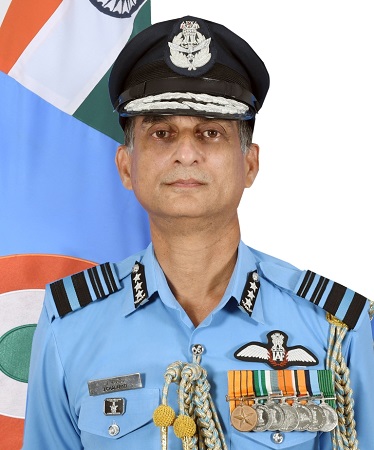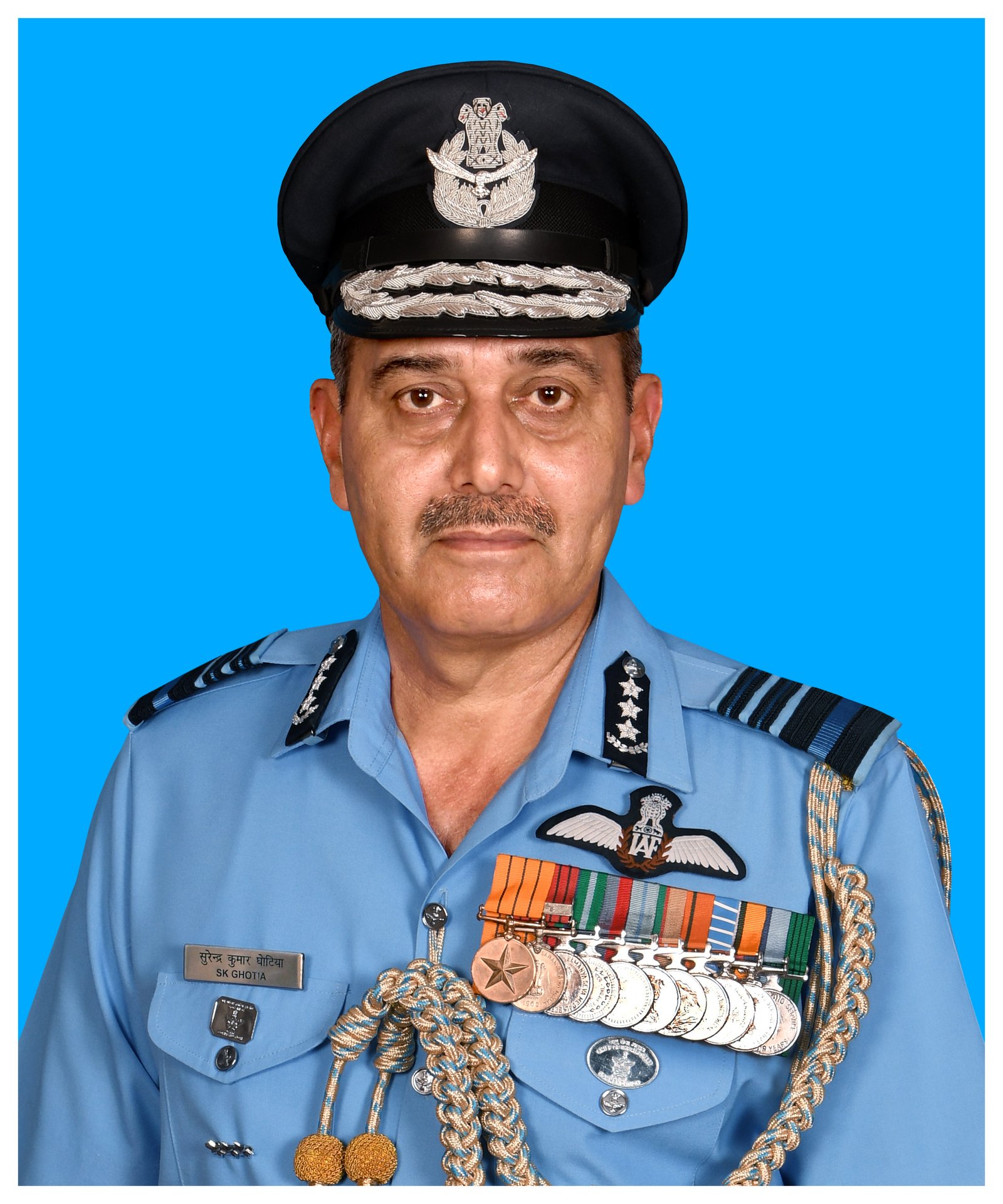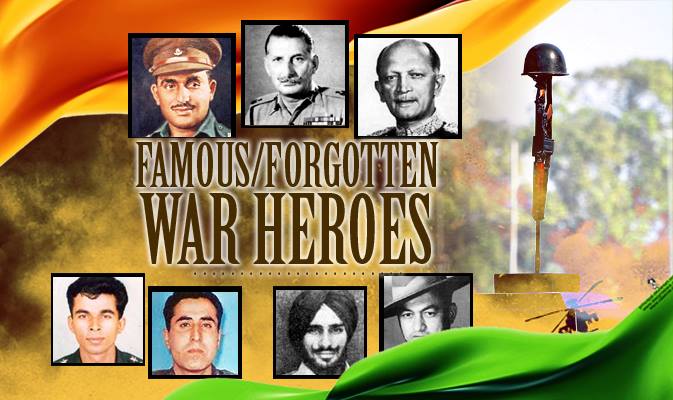




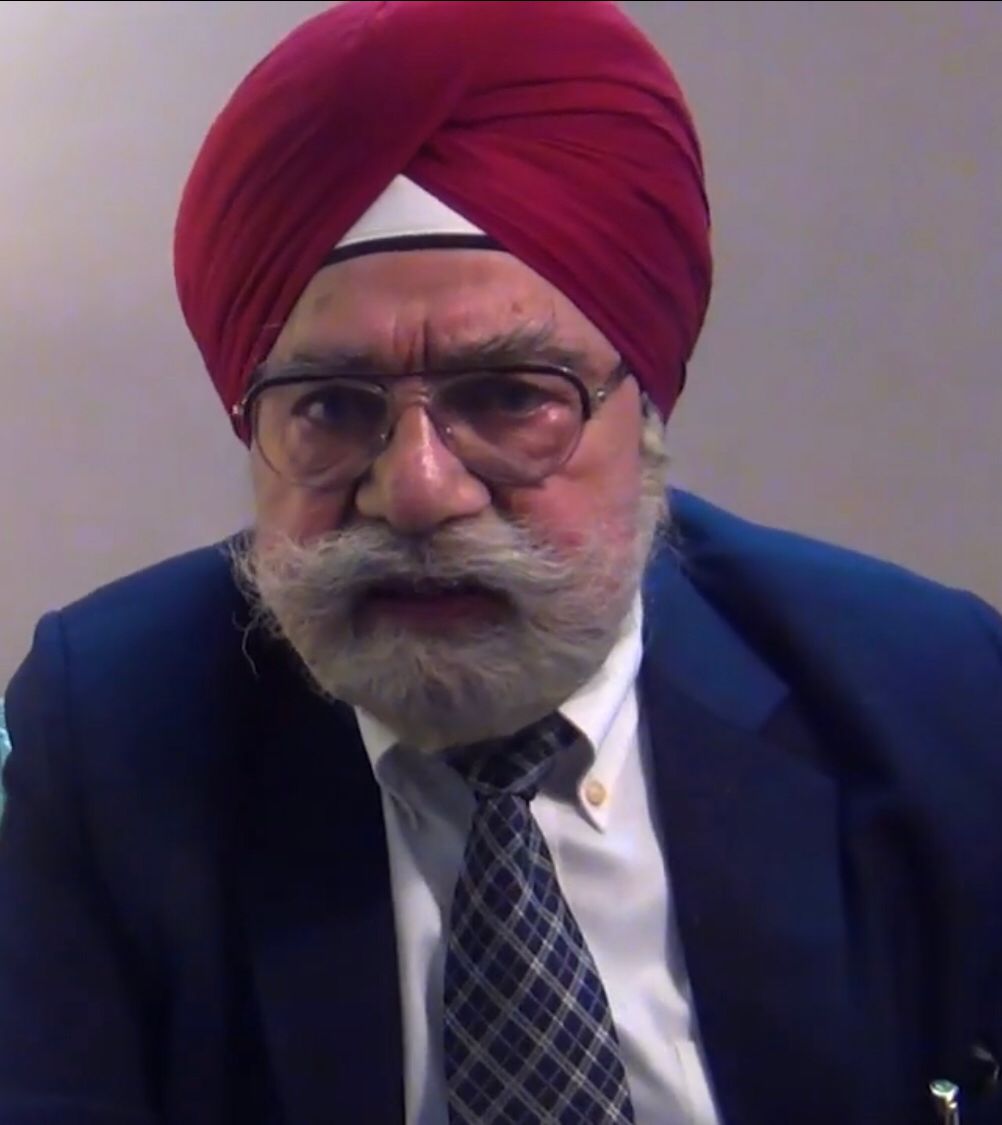


Read, borrowed and shared ::
For the Khalsa Soldiers I have served with …. An ode, based on my personal experiences.
The SIKH
-Neil John-
I have served with men, served with the valiant and the quintessential soldier in peace and war,
But to be forthright and candid, have never seen raw courage like that of a Sikh, the best by far,
It’s as if he fears no death, neither does he think twice while charging the fence with a roar,
You should witness the sight, when his shiny bayonet is covered with blood, all crimson and gore,
He will take you to battle, fight with you, oft lead the way,
Even when the odds are against you, he will still make the enemy heavily pay,
While without his uniform and weapon, he will look all innocent, gullible and sometimes a fool,
Do not mistake this machine of victory, cause he won’t bat an eye lid, before killing and yet be seemingly cool,
Deeply religious, with belief in his gurus and the teachings of his saint,
The SIKH … is who I would go to battle with, an honour and confidence, a worthy picture on canvas to paint,
“वाहेगुरु जी का खालसा, वाहेगुरु जी की फ़तेह” you can hear him chant as he picks up his sword, valiant and strong,
I can see even the skies tremble … cause these men, honour their nation and their gods, till they are at the borders, be rest assured, nothing will ever go wrong.
-Neil John-

When I joined the Army in 1981, Warfare was Warfare, is still is …… Warfare…… but has many cousins now. The
cousins never stand together and it very difficult get a clear picture of the entire clan.
The first cousins to arrive were: Conventional Warfare and Unconventional Warfare.
There are many descriptions, and the best is:

Indian Army Jawans during a field drill along the Line of Actual Control, Ladakh
Seventeen naval officers graduated as pilots after completing a 21-week helicopter conversion course at Naval Air Station INS Rajali in Arakkonam on December 8, 2023. This event marked the conclusion of the 101st helicopter conversion course, which included rigorous flying and ground training at the Helicopter Training School (HTS).
Vice Admiral Sameer Saxena, Chief of Staff of the Eastern Naval Command, presented the prestigious Golden Wings to the graduates, symbolizing their successful completion of the training program.
Lt PV Dheeraj Varma received the Flag Officer Commanding-in-Chief, Eastern Naval Command Rolling Trophy for achieving first place in flying.
Lt Ravi Prakash was awarded the Sub Lieutenant Kunte Memorial Book Prize for excellence in ground subjects.
Lt Nishant K Vishwakarma earned the Governor of Kerala Rolling Trophy for overall merit.
The Helicopter Training School has a notable history, having trained 828 pilots from the Indian Navy, Indian Coast Guard, and allied nations. The newly qualified pilots will be deployed to various operational units within the Indian Navy, participating in critical missions such as reconnaissance, surveillance, search and rescue, and anti-piracy operations.

Drone That Fires Rockets To Anti-Fratricide Ai System—Army’s In-House Innovations Shine At Inno Yoddha 2024-25
The Indian Army recently showcased its commitment to innovation and self-reliance at the Inno-Yoddha 2024-25 event held in New Delhi. This annual initiative highlights the Army’s focus on developing in-house solutions to address operational challenges and enhance capabilities across various domains.
The Indian Army held its annual Idea and Innovation Competition — Inno-Yoddha 2024-25 — at the Manekshaw Centre here. The event presided over by Chief of Army Staff General Upendra Dwivedi celebrated in-house innovations aimed at enhancing operational efficiency, logistics, and training capabilities.
75 projects were showcased, with 22 standout innovations recognized for further development.
General Upendra Dwivedi, Chief of the Army Staff, emphasized the importance of innovation in modern warfare, stating that it is not merely a concept but a crucial mindset that drives progress. He acknowledged the hard work and creativity of the soldiers involved in these projects, which aim to fill capability gaps and improve operational effectiveness.
Key Innovations Displayed
The showcased innovations spanned multiple areas, including unmanned systems, cyber defence tools, and logistical enhancements. Notable projects included:
1. Baaz Unmanned Aerial System (UAS):
Developed by Colonel Vikas Chaturvedi.
Capable of firing rockets and delivering various munitions from the air.
Designed for anti-tank operations and counter-terrorism efforts.
2. Ten AI-Enabled Weapon System (TAIWS):
A collaboration involving Agniveer Gare Pratik and senior officers.
Utilizes AI for enhanced situational awareness and target engagement.
Integrates multiple sensors for real-time data processing.
3. Remotely Operated NSVT:
Modifies T72 tanks to allow gunners to operate anti-aircraft weapons from inside the vehicle.
Enhances crew safety while maintaining operational effectiveness.
4. NABH AI System:
Developed to reduce fratricide incidents by accurately identifying aircraft.
Uses AI to analyse images of incoming aircraft within seconds.
5. Fast Erection Rubik PD
Major Sudheesh’s Fast Erection Rubik PD is an innovative construction solution designed for the Indian Army, aimed at expediting the process of building bunkers in challenging environments, particularly in high-altitude areas. This system utilizes prefabricated interlocking blocks made from polymer concrete, which are lighter and more efficient than traditional materials.
Commitment To Self-Reliance
The innovations presented at Inno-Yoddha are part of a broader initiative under the Atmanirbhar Bharat (Self-Reliant India) campaign. The selected projects will undergo further refinement and development before being handed over to private industry for mass production. This approach not only aims to bolster the Army’s capabilities but also supports India’s defense manufacturing ecosystem.
Over the past four years, Inno-Yoddha has led to significant advancements, including the filing of 26 Intellectual Property Rights (IPRs) and successful collaborations with private sector partners. This year’s event marks a continued commitment to fostering a culture of innovation within the Indian Army.
Teams of Indian Navy and 61 Cavalry will face each other in the final of Maharaja Ranjit Singh National Polo Trophy on Saturday. Two semifinal matches were played at Chandigarh Polo Club today. In the first semifinal, Indian Navy defeated…

Teams of Indian Navy and 61 Cavalry will face each other in the final of Maharaja Ranjit Singh National Polo Trophy on Saturday. Two semifinal matches were played at Chandigarh Polo Club today.
In the first semifinal, Indian Navy defeated Army Service Corps (ASC) in a thrilling finish by 10-7. ASC took a slight 4-3 lead in the first round. Dhruvpal Godara scored a hat-trick for Navy while Major Karamat Ali (3 goals) was the key scorer for the opposition.
Navy bounced back in the second round with 5-3 in their favour. Key striker Godhara maintained the momentum with two shoots to the goal post reading the scoreline 8-6 at the end of third round. Major Karamat Ali missed two close goals. Godhara once again scored two more goals and sealed the win for Navy with 10-7. Naik Ravindra Mang was sole scorer for ASC in this round.
In second semifinal, 61 Cavalry outclassed Rajasthan Polo Club (RPC) 7-4.5. The trio of Lt Col Vishal Chauhan, Major Anant Rajpurohit and Captain Anmol Wariach gave 61 Cavalry a lead of 3-1.5. A 15-yard penalty converted by Chauhan strengthened the lead of 61 Cavlary. Thereafter, two back to back two goals from by Alan Shaun Michael gave RPC the lead for the first time with 4.5-4 after scond round. Cavalry used all its experience in the third and fourth rounds by not scoring three goals but avoiding any goal to be conceeded. 61 Cavalry steered their team home with the final scoreline of 7-4.5.
Defence Minister Rajnath Singh to preside over ceremony

India is set to commission INS Tushil, a state-of-the-art warship built in Russia, on December 9. Defence Minister Rajnath Singh will preside over the ceremony in Kaliningrad, accompanied by Indian Navy Chief Admiral DK Tripathi.
INS Tushil is an upgraded version of its six sister warships already serving in the Indian Navy. These include three Talwar-class ships, constructed at the Baltiysky shipyard in St Petersburg and three Teg-class ships, built at the Yantar shipyard in Kaliningrad.
Length: 125 m
Weight: 3,900 tonnes
As the seventh in this series, INS Tushil is part of a two-ship order placed on Russia in October 2016. Its construction was supervised by a team of Indian specialists stationed at Kaliningrad.
The ship underwent sea trials and delivery acceptance trials conducted by a team of Indian specialists. These trials verified the performance of all Russian equipment installed onboard, including weapon systems. During the trials, the ship achieved an impressive speed of over 30 knots. “With the successful completion of these trials, the ship will arrive in India in a near-combat-ready condition, prepared to deliver its capabilities from the outset,” the Indian Navy stated.
INS Tushil means “the protector shield”. The warship is 125-m long and packs a lethal punch. It is an impressive blend of Russian and Indian cutting-edge technologies and best practices in warship construction. The ship’s new design provides it with enhanced stealth features and better stability characteristics.
The Indian content of the ship has been increased to 26 per cent. Major Indian companies involved in the project include BrahMos Aerospace, Bharat Electronics Limited, Keltron, Nova Integrated Systems (Tata), Elcome Marine, and Johnson Controls India.
The Australian technology is being used to treat the zones in Raturisera and Bandarkot on Gangotri highway

The rock bolt technology is successfully treating active landslide zones in the hilly areas of Uttarakhand, an official of the Border Roads Organisation said here on Saturday.
Landslides occurred almost regularly in the hill areas of the state, especially during the monsoon season, blocking roads and causing inconvenience to Chardham pilgrims, and often claiming lives, he said. Active landslide zones on the Gangotri and Yamunotri highways had been a major issue for the Chardham pilgrims as well as locals for years, the official said.
The Australian rock bolt technology is being used at present in the treatment of active landslide zones in Raturisera and Bandarkot on Gangotri highway in Uttarkashi district, BRO Commander Vivek Srivastava said.
The technology was used earlierin the treatment of Nalupani and Chungi Badethi landslide zones, which had long been active along the highway and the good results at the two points encouraged authorities to apply it elsewhere too, he said.
The technology was 90 per cent effective in preventing landslides, the BRO official said.
In the widening work done under the Chardham road project, landslide zones active for years have been treated successfully with this technology. The same technique was now being used in Raturisera and Bandarkot, he said. The official said Rs 19.8 crore was being spent on the work in Raturisera and Rs 9.3 crore in Bandarkot.
The target was to complete landslide treatment work at both places using the technology by March next year, he said. This was an Australian technique that involved removing loose landslide debris by soil nailing in soil and rock bolting in bedrock, he said.
The MEA has confirmed that nearly 90 Indian nationals reside in Syria, including 14 working with UN organisations

It further issued an emergency helpline number and email ID for Indian nationals to contact the Indian Embassy in Damascus.
“Indians currently in Syria are requested to remain in touch with the Indian Embassy in Damascus at their emergency helpline number +963 993385973,” the MEA said.
Earlier, MEA spokesperson Randhir Jaiswal said that India has taken note of the situation in Syria and South Korea, and the Indian missions in both nations are keeping a close watch on the situation, considering the safety of Indian nationals there.
The MEA has confirmed that nearly 90 Indian nationals reside in Syria, including 14 working with UN organisations.
Jaiswal assured that the Indian mission is maintaining communication with its citizens living in Syria to ensure their safety.
“We are closely following the situation. Our mission remains in close contact with our nationals for their safety and security,” Jaiswal said.
The resurgence of violence by Syrian rebels has reignited the civil war, dormant for years. Rebel forces recently captured Hama and advanced into Homs, threatening to split Syrian President Bashar al-Assad’s controlled territories.
Over 300,000 civilians have died in the conflict since its inception in 2011, with millions displaced across the region, according to the UN.
Abu Mohammed al-Jolani, the leader of the Hayat Tahrir al-Sham (HTS) rebel group, said the goal of the offensive was to end Assad’s rule.
“When we talk about objectives, the goal of the revolution remains the overthrow of this regime. It is our right to use all available means to achieve that goal,” Jolani told CNN in an interview.
The rebel alliance is led by HTS, which is rooted in the Syrian branch of AlQaeda but has sought to soften its image in recent years.
The rebels launched their offensive on Wednesday of last week, the same day a ceasefire took effect in neighbouring Lebanon in the war between Israel and Hezbollah.
Fearing the rebels’ advance, tens of thousands of members of Assad’s Alawite minority began fleeing Homs on Thursday, residents and the Observatory said.
Homs was the scene of a years-long army siege of rebel-held neighbourhoods and deadly sectarian attacks in the early years of the civil war.
An Army jawan who was part of a search operation on the city outskirts died following a cardiac arrest, officials said on Friday. A senior official identified the deceased as Jasvinder Singh of the Army’s 34 Assam Rifles. Sources said…

An Army jawan who was part of a search operation on the city outskirts died following a cardiac arrest, officials said on Friday.
A senior official identified the deceased as Jasvinder Singh of the Army’s 34 Assam Rifles. Sources said the deceased was part of a group of personnel engaged in a search operation in the Faqeer Gujri Dara Harwan area on the Srinagar outskirts.
CRPF constable too collapses on duty
Earlier this week, a Lashkar-e-Toiba terrorist allegedly involved in the October attack near a tunnel construction site in the Gagangir area of Ganderbal was killed in the Dachigam forest. Junaid Ahmed Bhat, a category “A” LeT militant, was wanted for his alleged involvement in the October 20 attack in which a local doctor and six employees of Apco Infratech were killed.
After the operation, the security forces had started search operations in the forest areas. The Dachigam forest, around 20 km from Srinagar, is also close to the Zabarwan range of the Himalayas where a gunfight took place between terrorists and security forces last month.

